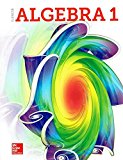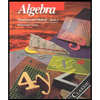Use the position function s(t) = -4.9t + 800, which gives the height (in meters) of an object that has fallen for t seconds from a height of 800 meters. The velocity at time t = a seconds is given by the following. s(a) – s(t) lim t+a Find the velocity of the object when t = 3. (Round your answer to one decimal place.) m/s Need Help? Read It Watch It Master It Talk to a Tutor Submit Answer Practice Another Version Consider the following. 2x2 - 4x - 30 lim Find the limit of the function (if it exists). (If an answer does not exist, enter DNE.) Write a simpler function that agrees with the given function at all but one point. g(x) = Need Help? Read It Talk to a Tutor Submit Answer Practice Another Version
Unitary Method
The word “unitary” comes from the word “unit”, which means a single and complete entity. In this method, we find the value of a unit product from the given number of products, and then we solve for the other number of products.
Speed, Time, and Distance
Imagine you and 3 of your friends are planning to go to the playground at 6 in the evening. Your house is one mile away from the playground and one of your friends named Jim must start at 5 pm to reach the playground by walk. The other two friends are 3 miles away.
Profit and Loss
The amount earned or lost on the sale of one or more items is referred to as the profit or loss on that item.
Units and Measurements
Measurements and comparisons are the foundation of science and engineering. We, therefore, need rules that tell us how things are measured and compared. For these measurements and comparisons, we perform certain experiments, and we will need the experiments to set up the devices.
Hi, Can you help me solve this problem?


Trending now
This is a popular solution!
Step by step
Solved in 3 steps with 2 images









